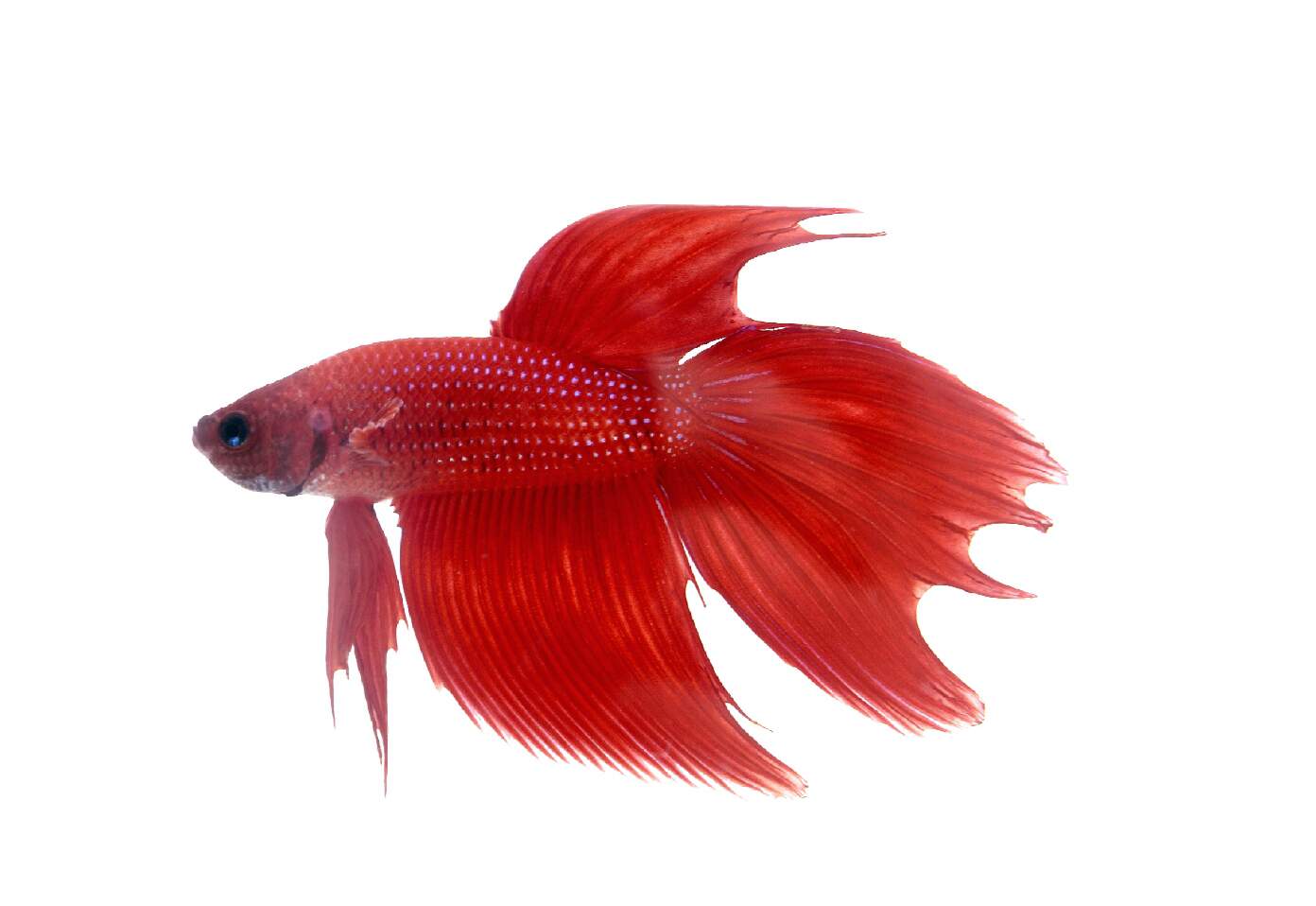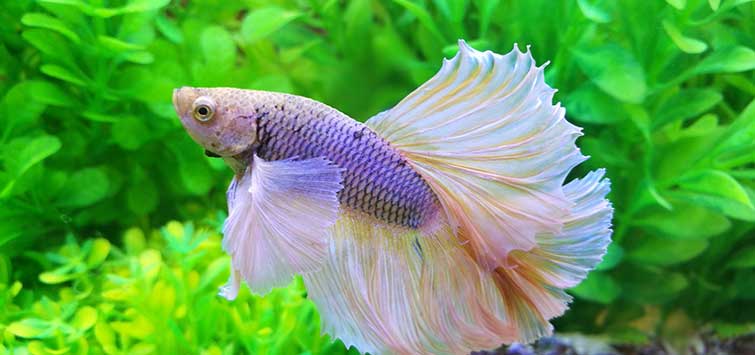Common Betta Fish Illness and Just How to avoid Them
Wiki Article
Breeding Betta Fish: a Comprehensive Step-By-Step Overview to Effectively Raising Child Bettas From Eggs to Their Adult Years
Reproducing Betta fish is a thorough venture that needs mindful planning and execution to guarantee the successful development of fry from eggs to grow fish. As the male Betta diligently constructs a bubble nest and guards the precious eggs, the succeeding stages of care and transition need attention to information and understanding of ideal methods.:strip_icc()/how-long-do-bettas-live-1380782-hero-813aa5d34bab48cdb333edfe02471dad.jpg)
Choosing Breeding Pairs
When getting started on the journey of reproducing Betta fish, selecting the right breeding pairs is crucial to attaining preferable characteristics and a healthy lineage - betta fish. The primary step in this procedure is to identify the particular attributes you want to improve or preserve, such as shade, fin kind, and body form. It is vital to choose genetically varied pairs to avoid inbreeding, which can result in wellness concerns and unfavorable characteristicsReview potential breeding prospects carefully. A healthy male Betta ought to display lively colors, an active behavior, and well-formed fins, while the woman needs to likewise display vivid coloration and a rounded stubborn belly, showing preparedness for spawning. Observing the character of both fish is important, as hostile or excessively timid people might not reproduce effectively.
Maintaining documents of the moms and dad fish's origins can aid you track genetic characteristics and prospective concerns. Eventually, investing time in the selection process will considerably enhance the possibility of generating solid, lively children that fulfill your reproduction goals.

Preparing the Breeding Storage Tank
Creating an ideal breeding setting is a crucial action after picking appropriate sets for Betta fish. The breeding storage tank need to be especially created to offer convenience and stimulate the natural breeding behaviors of the fish. Beginning with a storage tank size of at least 10 gallons to make sure appropriate space for both the male and female Bettas.Maintain a mild filtering system to maintain the water tidy while preventing strong currents that can worry the fish. Furthermore, an air stone can be added to provide oxygenation without interfering with the water surface area as well much.
Temperature level policy is critical; goal for a secure array of 78-82 ° F(25-28 ° C) using a trustworthy heater. The pH degree ought to be preserved between 6.5 and 7.5, and regular water modifications are necessary to make sure high water high quality.
Incorporate drifting plants or spawning sponges to develop hiding places for the woman, while also urging bubble nest structure by the male - betta fish. Lastly, make certain the container is devoid of sharp designs and any possible risks, as the well-being of the fish need to always be focused on throughout this crucial phase of reproduction.
The Reproduction Process
Usually, the breeding process for Betta fish includes a collection of distinctive and visible actions that indicate preparedness for recreation. The male Betta begins by building a bubble nest at the water's surface area, which works as a website for the fertilized eggs. This nest is important, as it supplies a risk-free atmosphere for the eggs till they hatch.As soon as the nest is developed, the man will certainly show courtship behaviors, such as flaring his fins and showing lively shades to attract the female. The woman, upon noticing the male's preparedness, will respond by showing vertical red stripes along her body, indicating her receptiveness.
When the women strategies, the male takes part in a breeding dance, usually leading to an embrace referred to as the "spawning." Throughout this accept, the female releases her eggs, which the male feeds instantly. The fed eggs then are up to the bubble nest, where the male carefully gathers and returns them to the nest. Following this, the male presumes responsibility for guarding the nest and guaranteeing the safety of the eggs till they hatch out, typically within 24-36 hours. This stage is vital in the breeding procedure, laying the foundation for effective fry advancement.
Caring for Betta Fry
Caring for Betta fry needs cautious interest to their setting and nutrition to make certain healthy development and advancement. After hatching, Betta fry are exceptionally little and susceptible, requiring a stable and clean habitat. Preserving a water temperature in between 78 ° F and 80 ° F is essential, as Betta fry grow in warm conditions. In addition, make certain that the water is cost-free of damaging toxic substances; routine water modifications of 10-20% are try these out advised to keep ideal water top quality.Feeding Betta fry is similarly essential. At first, they should be offered infusoria or carefully crushed premium fry food, as their mouths are as well small to take care of larger bits. As they expand, you can gradually introduce larger foods, such as child brine shrimp or powdered flakes, to guarantee they obtain go right here adequate nutrition. Feed them percentages several times a day, being mindful not to overfeed, which can cause water high quality problems.
Transitioning to Grownup Bettas
As Betta fry fully grown, transitioning them to adult Bettas is a critical stage that calls for cautious administration of their atmosphere and social communications. This procedure usually begins when the fry reach around six weeks of age, at which point they can be gradually presented to a much more organized living environment.To facilitate this transition, it is important to guarantee that the water specifications-- such as temperature, pH, and ammonia levels-- are optimum and steady. Adult Betta fish thrive in cozy water (around 78-80 ° F) with a pH of 6.5 to 7.5. Progressively acclimate the fry to these conditions to decrease anxiety.
Social interactions are another crucial element; man Bettas are notoriously territorial and hostile. As a result, it is advisable to different males into specific tanks as they grow. Female Bettas can be housed together, yet care needs to be required to keep track of for signs of hostility.
Additionally, nutritional adjustments must be made as the fry expand. Integrate top notch pellets and live foods to sustain their development and wellness. By managing these factors efficiently, you can promote an effective transition to their adult years for your Betta fish.

Final Thought
Effective reproduction of Betta fish calls for mindful attention to information throughout the whole procedure, Your Domain Name from selecting genetically diverse pairs to supplying optimal treatment for fry. Additionally, a balanced diet regimen and gradual adjustment to grown-up settings are vital for the growth and development of Betta fish.Report this wiki page